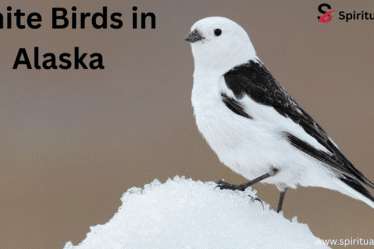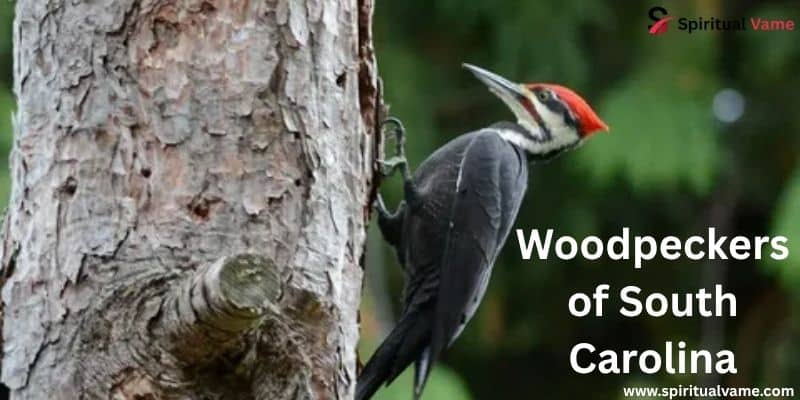
South Carolina is home to eight beautiful woodpecker species. Each one brings something unique to the table—from colorful feathers and specialized diets to clever nesting behavior. Most are easy to spot if you know what to look for. Their calls range from soft “piks” to loud, resonant drumming, and many can be seen clinging to tree trunks or darting through the forest with undulating flight. Their feeding methods also differ. Some go for ant larvae or insect larvae under bark, while others tap sap holes or store acorns for winter.
The Downy Woodpecker, for example, is a frequent visitor to backyard feeders and loves clinging to tiny branches, even hanging upside-down. It weighs only 0.8 oz and has a small size, making it a delight to spot among checkered wings and tree twigs. In contrast, the Hairy Woodpecker is about seven inches long and looks very similar, but it has a bigger body and bill. These two are often confused, but one difference lies in the sounds—listen for the call “pik” from the Downy. The Hairy prefers dead trees and deciduous forests, and you may even catch one striking a frozen posture to avoid predators like hawks, owls, or bobcats.
1. Red-Headed Woodpecker
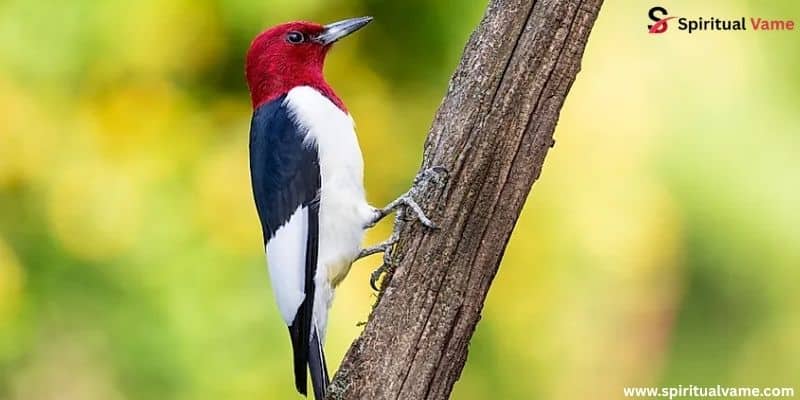
The Red-headed Woodpecker shines with its bright crimson cap, white body, and black wings. While adults are easy to recognize, juveniles and female brown head individuals can look different, which can confuse beginners. This species is a cavity‑nester that favors live trees and is known for its unusual habit of storing acorns and beechnuts in tree crevices. Some even line up food items under bark—truly nature’s pantry system in action.
Unfortunately, this bird is considered threatened, and its declining numbers are due to habitat loss. Still, they play a vital ecosystem role by spreading seeds and removing pests. They lay four to seven eggs per clutch and use nesting cavities year after year. Conservation efforts aim to protect snags and forests they need, ensuring their vivid colors and striking coloration stay part of South Carolina’s landscape.
2. Pileated Woodpecker
Big and bold, the Pileated Woodpecker is a showstopper. At around nineteen inches, it’s one of the largest woodpeckers in North America. Its black body, white stripe, and red crest are easy to spot. The bird’s resonant calls echo through large forests, and it drills rectangular holes into dead wood looking for ant larvae. With a powerful beak and long barbed tongue, it tears into tree trunks with ease.
These woodpeckers prefer dense woods, especially old-growth areas. They help hollow out trees used later by other birds and animals. After nesting six weeks, young ones leave the tree cavities and follow their parents. Many people attract them with suet feeders, but it’s best to see them in the wild. While they’re not endangered, they do benefit from forest conservation and responsible land use.
3. Yellow-Bellied Sapsucker
A migratory winter visitor, the Yellow-bellied Sapsucker features a black and white face, red forehead, and a yellow belly wash. This bird drills neat rows of sap holes into birches, maples, and aspens to feed. The sap attracts not just the bird but also insects, which the sapsucker snatches up.
Though smaller than other species, it’s easy to identify by the damage it leaves behind. It builds its nest in a small round entrance often in mixed hardwood trees. These sites get reused year after year, providing stability for nesting. Since they’re migratory, you’ll see them mostly in cooler months. South Carolina forests offer important rest and feeding spots for this well-traveled bird. It feeds on fruits, nuts, and insects and thrives best in protected natural areas.
4. Downy Woodpecker
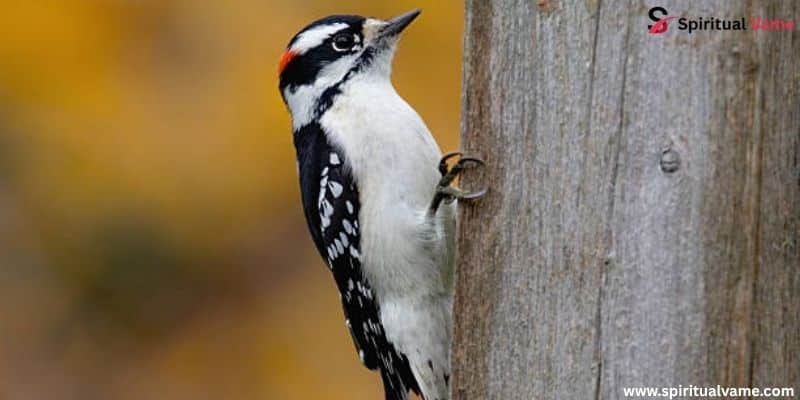
Tiny and energetic, the Downy Woodpecker weighs just 0.8 oz and is a common sight across South Carolina. With its black and white pattern and red spot (male), it often flits about tiny branches, searching for ant larvae, spiders, and seeds. It hangs upside-down, pecks at bark, and zips through forests, gardens, and parks.
Known for being a resident bird, it doesn’t migrate, which makes it easy to spot year-round. It’s also one of the few woodpeckers comfortable visiting backyard feeders. Its hyperactive style, long tongue, and love for bark make it an entertaining bird to watch. Even though it’s small, it plays a big role in pest control and forest health.
5. Hairy Woodpecker
With a build larger than the Downy, the Hairy Woodpecker is a classic forest bird with black and white plumage. It favors nuts, berries, and insects in dead trees, and can often be seen hammering away during feeding or excavation. Its strong beak helps it dig deep into bark for food, particularly in deciduous forests.
In South Carolina, its population decline has been noted, possibly due to habitat disruption. This woodpecker often pauses in a frozen posture when startled, a useful defense against predators like hawks or bobcats. Still, it’s a widespread species and often overlaps with the Downy, although its size and deeper tapping sound set it apart.
6. Northern Flicker
The Northern Flicker stands out among woodpeckers for one big reason—it often feeds on the ground. Its brown plumage, black spots, and white rump flash brightly when it takes off. This yellow-shafted variety common to South Carolina shows a mustache (male) and a laddered back pattern. It measures between eleven to thirteen inches with a wingspan of twenty-one inches.
You’ll often find flickers in urban parks, open areas, and sometimes perched on fenceposts. They belong to several subspecies, and their migratory behavior means you might see more in certain seasons. They eat ants, beetles, and sometimes fruit, making them another useful pest controller in the bird world.
7. Red-Cockaded Woodpecker
Small but important, the Red-cockaded Woodpecker is endangered and depends on very specific habitat—the southern pinewoods. It lives in family groups, carving cavities in longleaf pine trees that are at least eighty to one hundred years old. With a black cap, white check, and small size (7.9–9.1 inches, 1.5–1.8 oz), it can be hard to spot.
Cavity building takes time—one to three years—and they lay one to five eggs inside. Conservationists use artificial nests, cameras, and controlled burns to protect these birds and boost their population growth by four percent annually. They are fire-dependent, relying on the open structure of managed pine forests, where resin also helps deter predators.
8. Red-Bellied Woodpecker
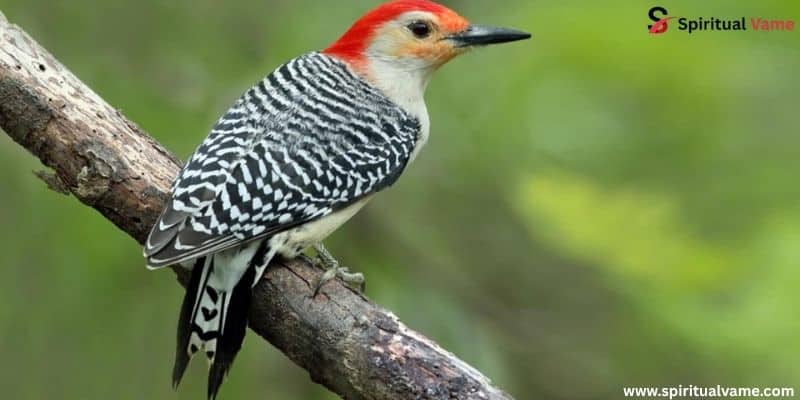
Don’t let the name fool you—the Red-bellied Woodpecker has a subtle reddish wash on its belly, but the red nape and barred back are much more noticeable. Common in suburban areas and woods alike, this bird weighs about 2.6 oz and feeds on a mixed diet of insects, fruit, and seeds. You’ll often hear its rolling call before you see it, and it has a habit of drilling into the bark or dead wood of trees in search of prey.
They’re known for close-up views at feeders and for nesting in tree cavities, usually in the trunk. Their breeding season stretches from early April to mid‑September, and eggs hatch after about twelve days of incubation. With a lifespan of twelve years and a population estimated at sixteen million, this woodpecker remains a strong and beautiful part of the southeastern landscape.
Where to look for Woodpeckers in South Carolina
If you want to spot the woodpeckers of South Carolina, you’ll find them in all kinds of places—from urban parks to deep pine forests. Congaree National Park offers prime habitat, especially for the Pileated and Red-cockaded woodpeckers. The Sandhills and Francis Marion National Forest are home to rare species, while neighborhood parks and wooded trails host the more common ones.
Bring a pair of binoculars and keep your ears open. You might hear tapping before you see anything. Morning hours work best, and winter brings better chances to see species like the Yellow-bellied Sapsucker. Even in the city, woodpeckers visit feeders, so don’t forget to look out your window.
Conclusion
The woodpeckers of South Carolina bring color, sound, and life to the trees. With eight unique species, each with its own charm and role in nature, they deserve our attention and protection. Whether you spot the tiny Downy, the flashy Red-headed, or the endangered Red-cockaded, each one tells a story of adaptation, survival, and natural beauty.
Understanding their habits, calls, and needs helps us preserve them. As their forests change, so must our efforts to keep them safe. Birdwatchers, nature lovers, and even curious kids can all find joy in learning about these amazing birds that live just outside our doors.
Let me know when you’d like a downloadable or formatted version, or if you’d like to add diagrams, tables, or a photo gallery!



